All was not lost
Hiss
the aeolian harp unplucked, strings grow slack, wood warps those of us left
to occupy the faded glory of this low rent apartment
feeling small in such a high ceilinged space we shiver suspicion
of the wind that once howled through aureate orations
in this reverse alchemy gold dissolves, tin takes its place in our ears
our gaze turns away and unbidden our hands sign avert
to baroque and powerful ghosts whose mouths spill pearls and serpents
courting disaster we trust instead the cheap portent of fox tells all
so we need not see the rust smeared basins that once flowed with oracles
we stiffen our resolve, brush off the dust that sifts down from crumbling plaster
safer by far to placate the small gods of shabby chicanery
drown our dreams in entertainment death streaming graffiti clichés
poetry has left the building


























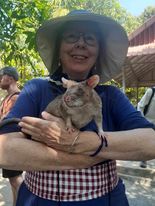
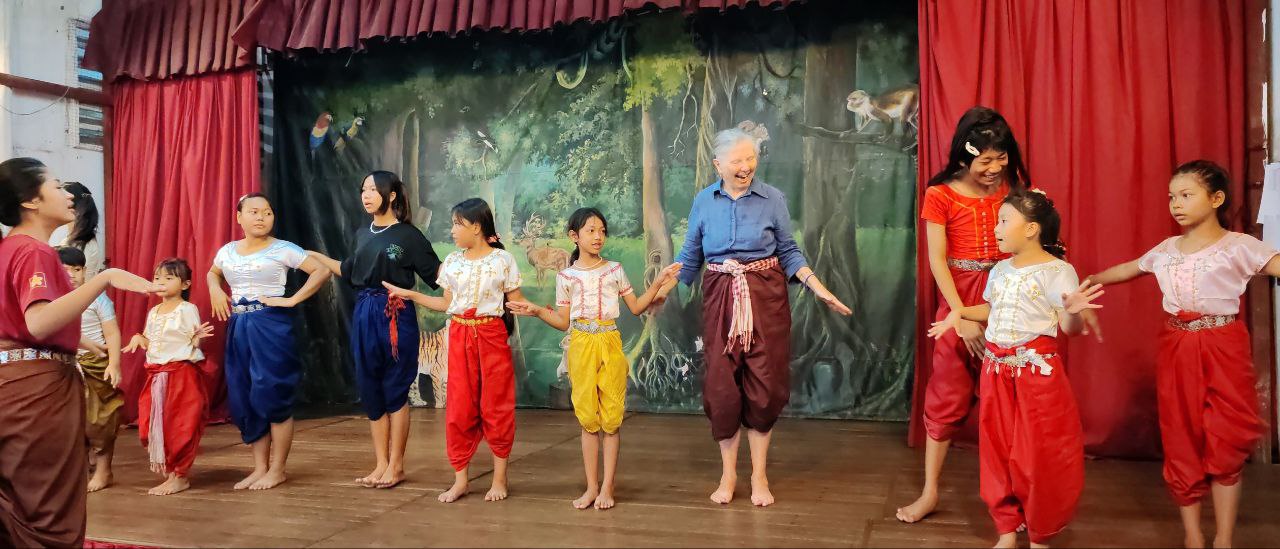

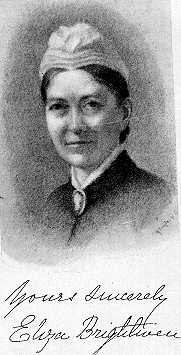
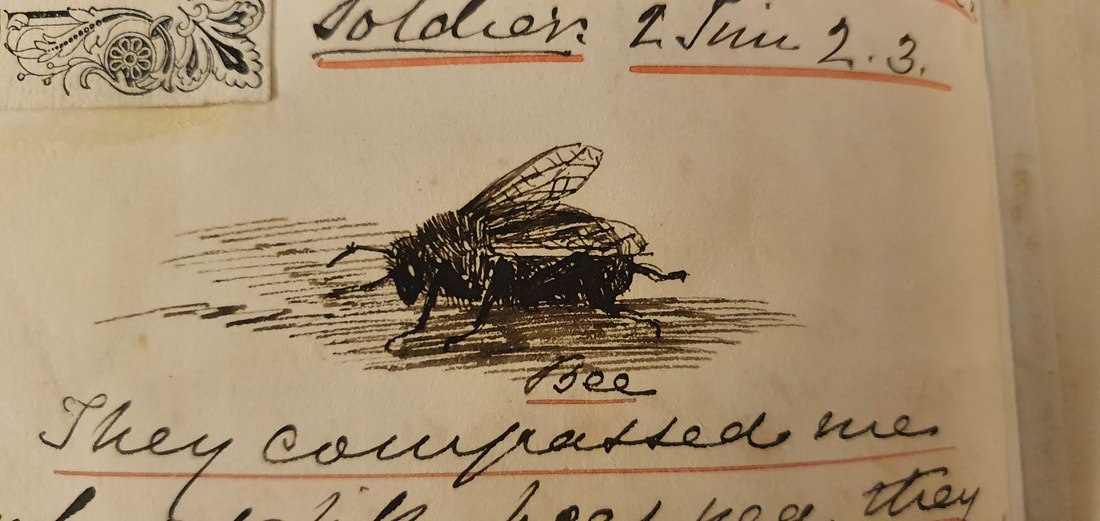

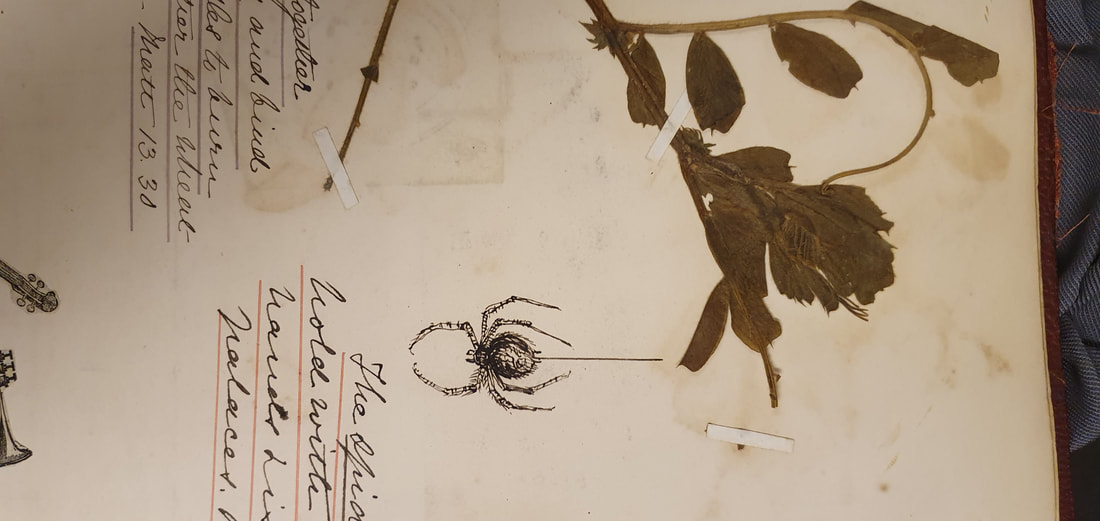
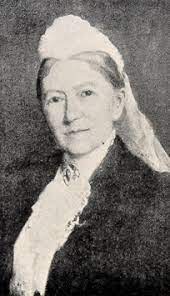
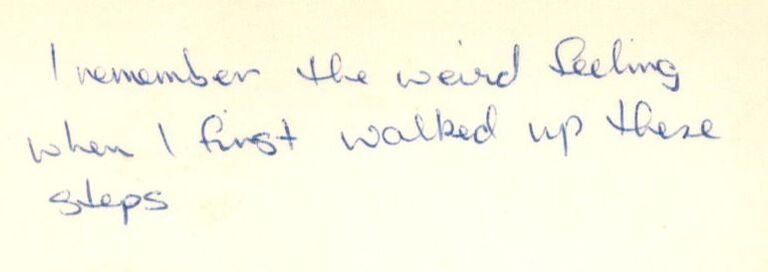
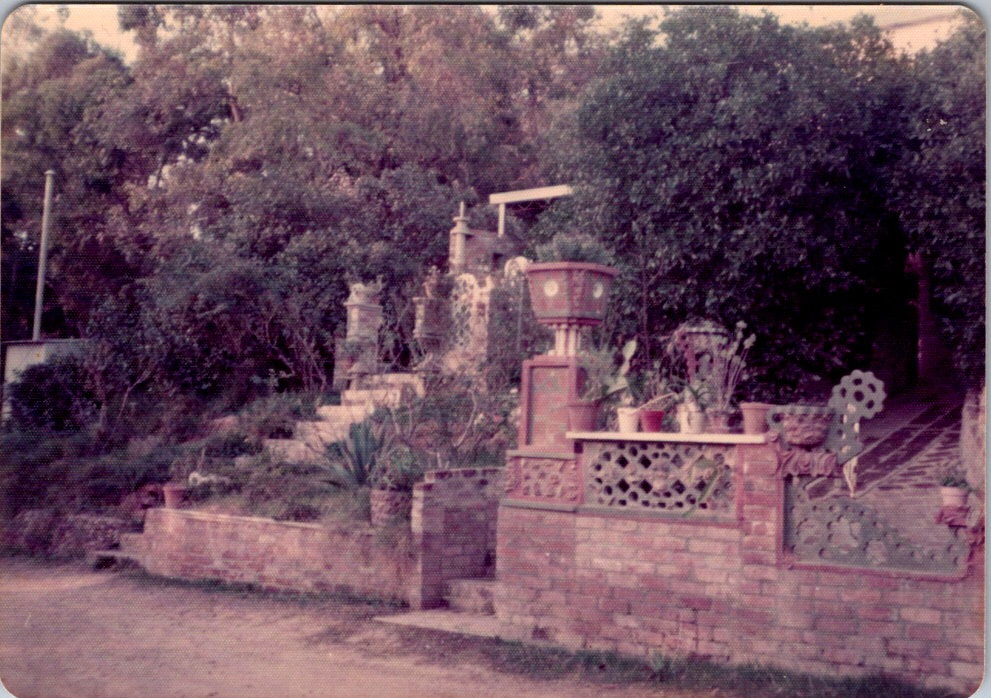
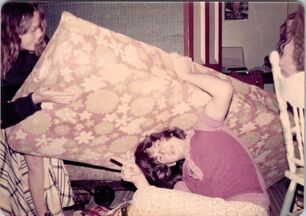

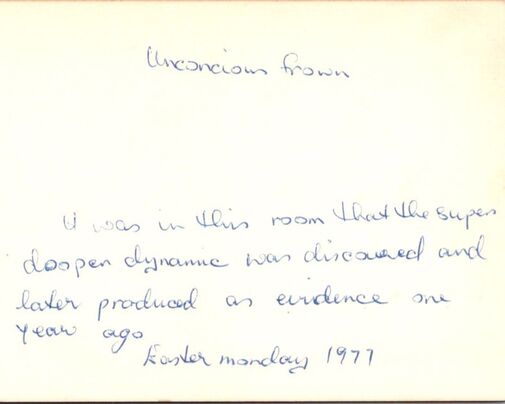
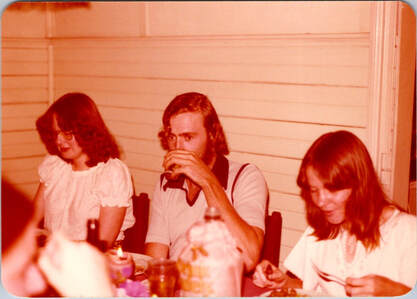
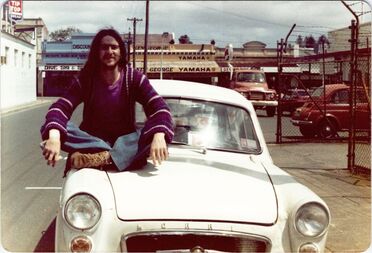
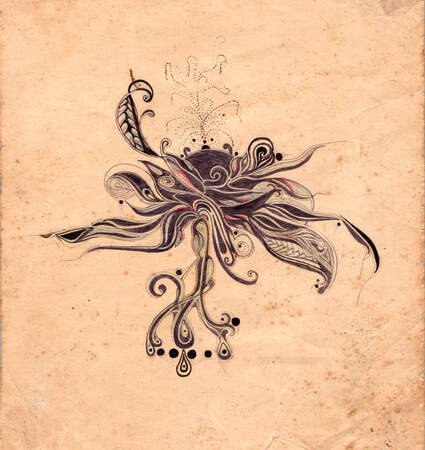
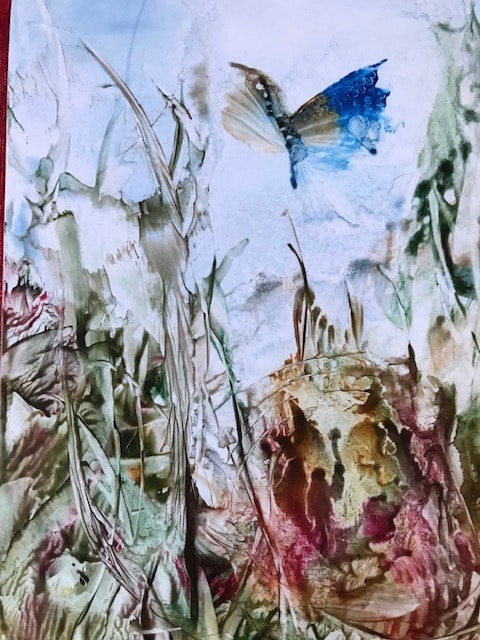
 RSS Feed
RSS Feed
